
This coronavirus is novel in a number of ways
In a few short weeks, coronavirus went from something we heard about on the news to our new reality, causing the shutdown of offices, schools, restaurants, theaters, and anything deemed “non-essential.” Not only has it changed how people are going about their day-to-day lives, but it is also costing the world a lot from an economic standpoint. This rapidly spreading virus causes an infection called COVID-19 (short for “coronavirus disease 2019”), which has now been confirmed in 50 states.
One of the many aspects of COVID-19 that is hard to wrap our heads around is that there’s no road map for a pandemic of this magnitude. We don’t know how long it will last, how many people will be infected, and, ultimately, how many will lose their lives. Though we’ve seen a variety of pandemics and epidemics throughout history—including H1N1, the Ebola virus, the 1918 flu pandemic, and AIDS—this is something else entirely. Here are 13 ways the coronavirus is different from anything we’ve ever encountered.
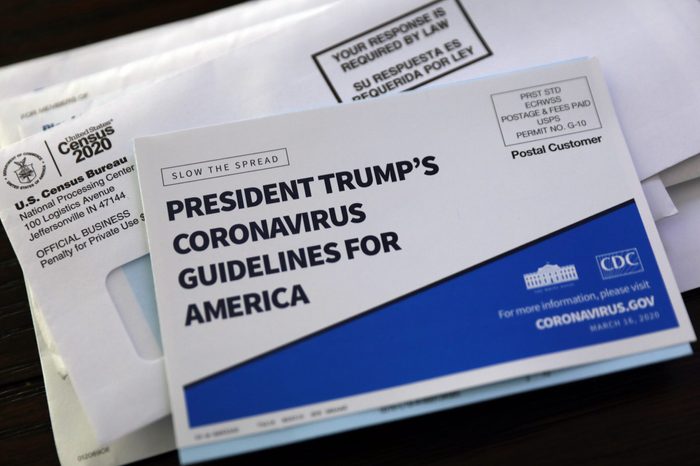
The response has been based on projections
Though the number of COVID-19 cases is increasing quickly, some of the precautions in the United States began before the disease reached pandemic proportions, based on projections. “With COVID-19, the extreme measures of isolation and economic shutdown weren’t taken because of the number of deaths that occurred, but rather those that could happen,” Talya Miron-Shatz, PhD, an expert on medical decision-making, tells Reader’s Digest. For example, during the 1918 flu pandemic, which killed an estimated 50 million people worldwide, nobody knew the toll it would take, especially when it first began, she says. “As a decision scientist, I was fascinated by how most world leaders treated the virus,” Miron-Shatz explains. “When it was in the bud, they ignored it. It’s because humans don’t deal well with small probabilities, or with probabilities in general. We tend to turn them into ‘all or nothing.'”
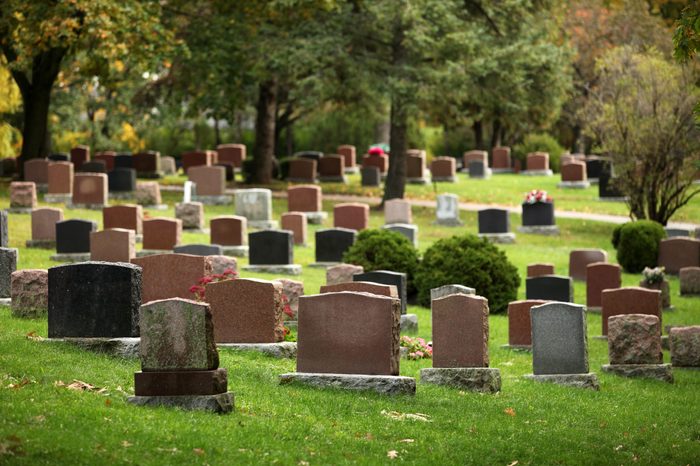
The fatality rates
The fatality rate is how we measure the ability of a virus to cause human deaths—and given that the coronavirus is still spreading, we don’t have that figure yet. “Reliable estimates of fatality are difficult to obtain, as it is affected by the provision of medical care, the number of people screened for mild disease, the age group that is targeted by the virus, and the extent of preventive measures adopted by a society,” Naval Asija, MBBS, a physician and former epidemiologist based in India, tells Reader’s Digest. “As these vary across countries, fatality also varies from low to very high.” The overall fatality estimates of the coronavirus can be established only once the pandemic is officially over. However, preliminary analysis suggests that the fatality of COVID-19 is higher than that of the Swine flu, but lower than that of the 1918 flu pandemic.
While coronavirus is highly contagious, some simple measures can help to stem its spread. In fact, it is one of many diseases you can prevent just by washing your hands.
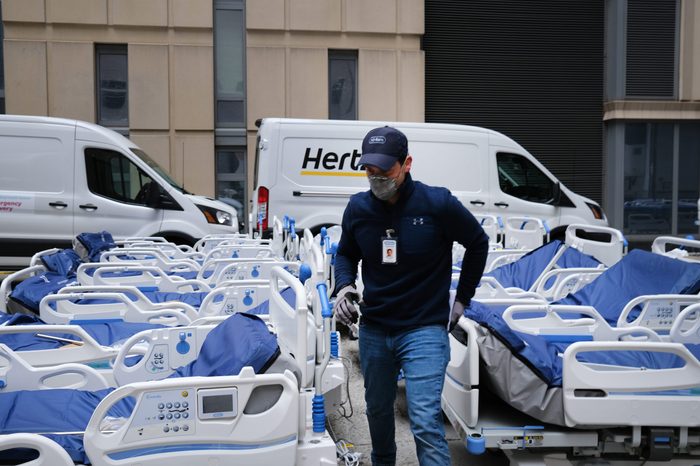
How widely the virus is spreading
Pandemics are typically described in terms of curves or waves, Dr. Asija explains. The pandemic stops after a few waves, as most of the people become infected and develop a herd immunity, which stops the spread. Every virus has peculiar preferences for things like climate, age groups, gender, and other unexplained factors, according to Dr. Asija. This dictates how the virus spreads among different age groups and geographical regions at a certain time, with some societies having flatter curves than others. Given that we are still in the midst of the coronavirus outbreak, it is unclear exactly how the spread will continue. However, unlike a disease like Ebola, COVID-19 has significantly impacted the United States and morphed from an epidemic into a full-blown pandemic.
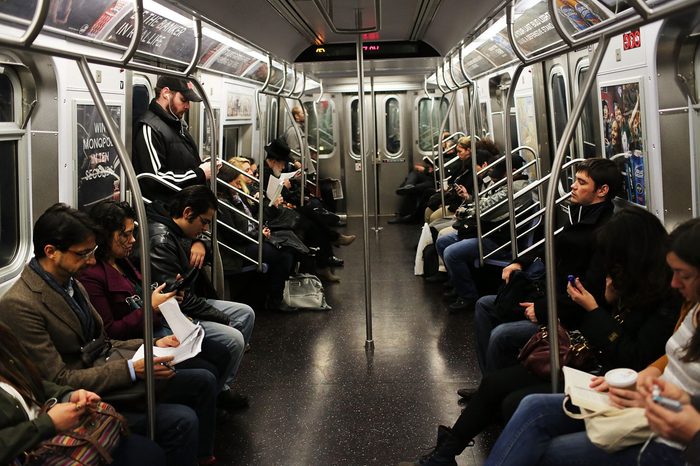
How long it can remain undetected
Another important characteristic of a virus is how long it can remain in a person undetected. This overlooked factor may be the reason why countries that perform fewer tests have higher mortality rates, according to epidemiologist Dimitar Marinov, MD, PhD. “COVID-19 has a longer incubation period than any other pandemic we have seen so far,” he tells Reader’s Digest. That period is five to seven days on average, but can reach up to 14—or even 27 days in a few cases. On top of that, one study suggests that nearly 20 percent of those infected do not have symptoms. “This allows for a large spread of the infection before all the cases are found and isolated and can make containing the outbreak almost impossible,” Dr. Marinov adds.
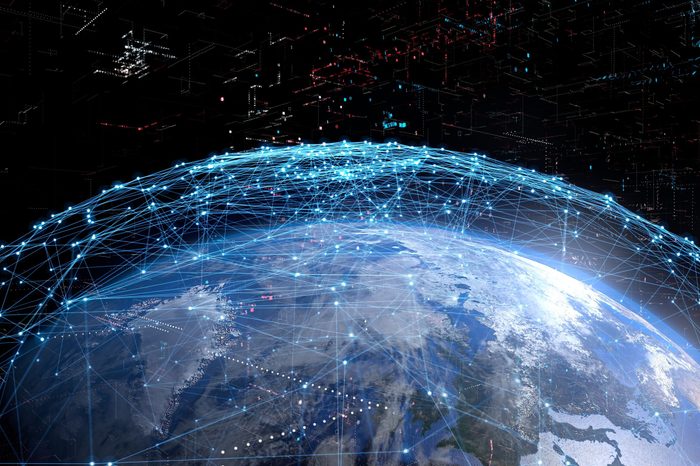
The world is more interconnected now
Though there have been comparisons to the 1918 Flu Pandemic, one notable difference is the social and political context in which it has emerged, according to Nolan Kline, PhD, assistant professor of anthropology at Rollins College in Winter Park, Florida. “We live in an increasingly interconnected world marked by global travel and commerce that can play a role in how quickly communicable diseases spread,” he explains. Similarly, Shan-Estelle Brown, PhD, assistant professor of anthropology at Rollins College, points to the fact that through globalization and participation in international supply chains, no country is isolated. “Foods, people, and goods now easily travel around the world—and quickly,” she says.
Of course, it’s wise to stay home right now, and if you had a vacation planned, you’ll need to sort things out.

Information and misinformation spread faster
In addition to markets and supply chains, information on the coronavirus is spreading faster than any epidemic or pandemic before it. “The COVID-19 pandemic occurs during a time when information and misinformation are easily accessible and can lead to debates over the best course of action to protect public health,” Kline explains. “In the United States, this is particularly salient since there is considerable political division about the role of science in shaping public policy, which can create tensions in responding to the disease.”
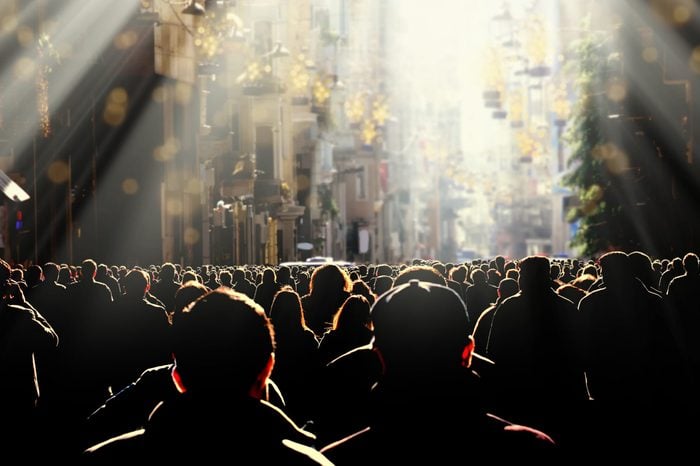
There are more people on earth
The worldwide population is greater than it’s ever been, which makes a pandemic dangerous because there are simply so many more people without immunity who could be infected, Brown explains. For example, in 1918, the world population was estimated to be 1.8 billion people, and the 1918 flu pandemic killed about 50 million. “Today, the world population is over 7 billion, so when a new disease appears, it can be potentially very dangerous,” Brown says. “These diseases don’t care about borders or political affiliations, and so every community must have a plan before a new pandemic has been identified. The importance of planning for pandemics has not changed, and even after this one, there will eventually be another one.”
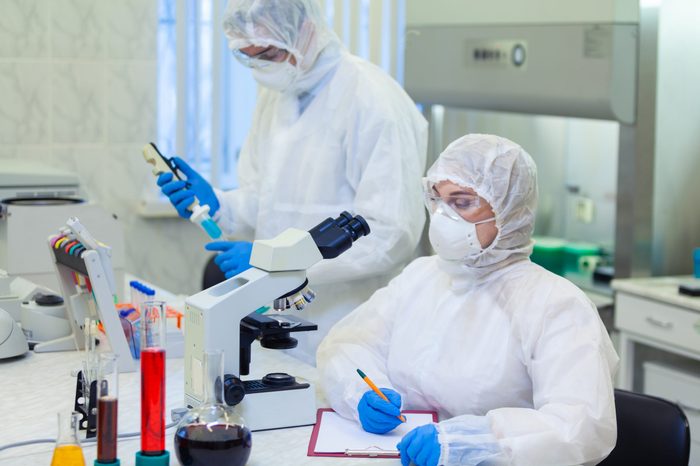
There is no vaccine or herd immunity
COVID-19 is affecting people of all ages, though outcomes are worse for people over the age of 60. But there’s a big difference when you compare this contagion with others. With various influenza strains, babies and older adults are impacted, but other relatively young, healthy people create what’s known as “herd immunity,” which tends to prevent overwhelming outbreaks. That’s due to vaccines as well as people building up immunity over the years from potential prior exposure, notes family physician Bindiya Gandhi, MD. “With COVID-19 being new, there is no herd immunity and no vaccine yet available,” she explains.
Social-distancing measures can help people stay safe—and that’s something that may last even once this crisis has passed. Here are 13 everyday habits that could (and should) change forever after coronavirus.
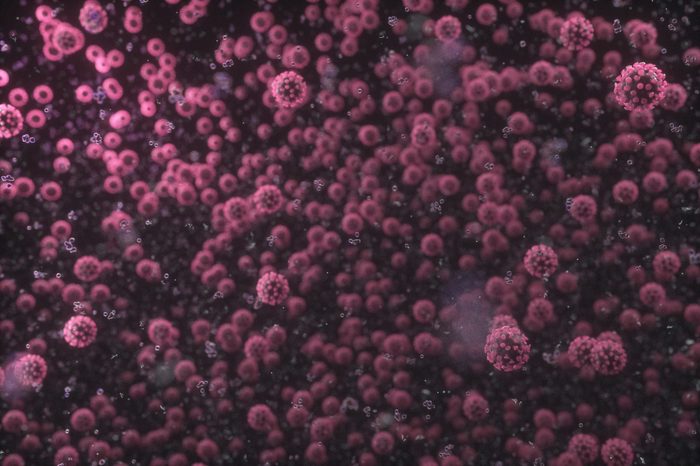
There are distinct biological differences
There are a few welcome biological differences between the coronavirus and previous pandemics, according to Eric Yager, PhD, an associate professor of microbiology at the Albany College of Pharmacy and Health Sciences. For example, influenza viruses mutate quickly, adapting to their hosts and gaining the ability to evade our immune system, he tells Reader’s Digest. This was the case with the 1918 flu pandemic. Though the first wave of the virus in March wasn’t that bad, the second wave, which hit in the fall, was more lethal, Yager explains. But coronaviruses mutate at a much slower rate than influenza viruses, and Yager says that scientists speculate that the odds of this novel coronavirus mutating to become more contagious or lethal is low.

Medicine has improved
This is another bit of good news—very good news, in fact. Today’s medical and scientific advancements mean that we are much better prepared to develop treatments against pathogens both old and new. “Coronaviruses have been studied by scientists for over 50 years,” Yager explains. “Extensive knowledge of the genome, structure, and infection cycle of related coronaviruses means that scientists are equipped to identify targets for antiviral drugs and proceed with the development of vaccine strategies.”
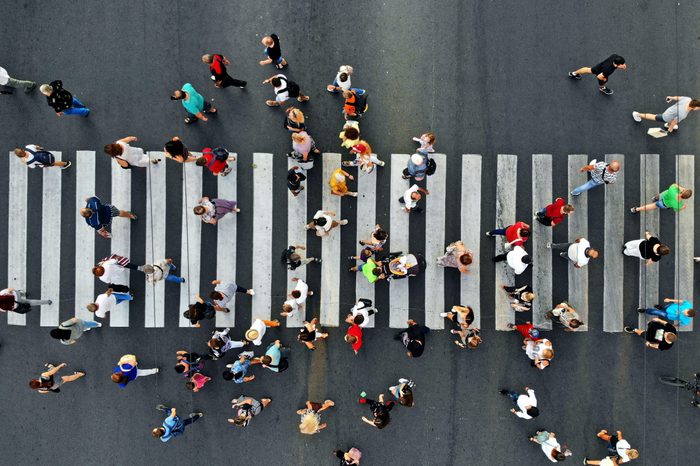
It spreads more easily than Ebola among the wider population
In 2013 and 2014, the Ebola virus spread in different parts of Africa, including Guinea, Liberia, and Sierra Leone. But Ebola and COVID-19 are not really comparable because they spread differently, notes Brian Fink, PhD, an epidemiologist and professor in the school of population health at the University of Toledo. “Ebola is spread through direct contact with bodily fluids, while COVID-19 is spread through respiratory droplets,” he says. “Recent evidence suggests those droplets can survive on surfaces for days and in the air perhaps for hours.”
However, the risk of exposure in the United States for Ebola was virtually zero unless you were a health-care provider taking care of a patient. “By simply isolating and treating those patients, we could pretty much eliminate any potential threat for community spread,” Fink adds. “That is difficult to do with flu or COVID-19 outside of the social-distancing measures that are currently in place but are not uniform around the country.”
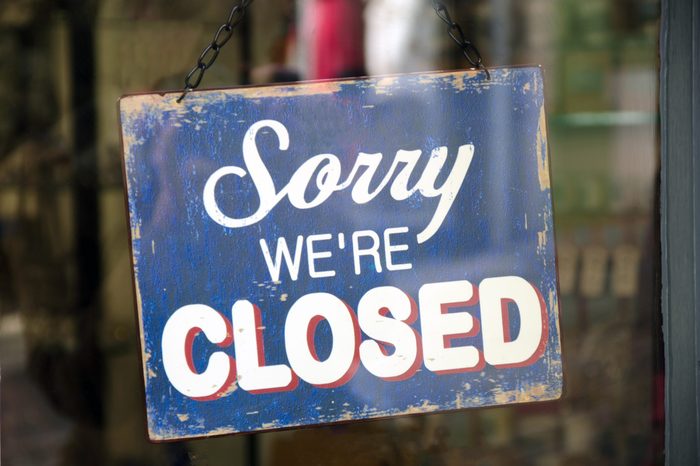
The world has never shut down like this
Quite simply, no other viral outbreak or pandemic has ever shut down the world like this one. People are working from home, schools are closed, professional sports have been canceled, and Broadway is dark. Partially because of the subsequent economic devastation, there’s been some pushback. “No virus has faced the level of denial that COVID-19 has faced,” says Faheem Younus, MD, the chief of infectious diseases at the University of Maryland Upper Chesapeake Health. “Think about it this way: India, a country of 1.3 billion people with less than 600 documented cases, has decided to go for a nationwide lockdown for the next three weeks. At the same time, the United States, a country of 320 million people with over 60,000 active cases, still lacks a unified national approach toward shutdowns or lockdowns.”
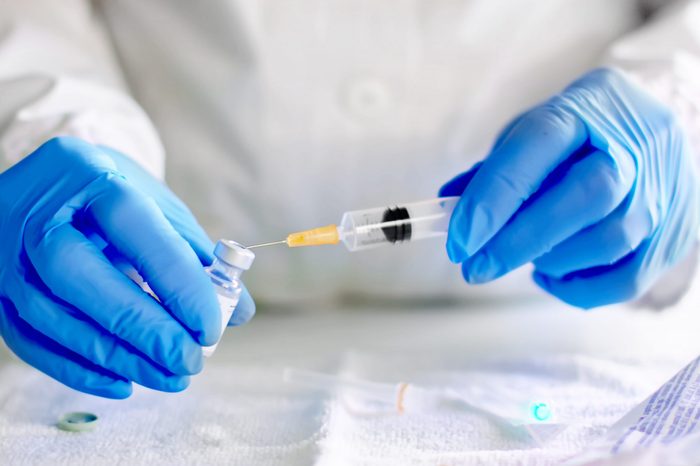
How quickly we’re working on vaccines and medications
Another difference between the coronavirus and previous pandemics is how quickly treatment medications and vaccines are being developed. “I have never seen it before in my life,” Dr. Younus says. “Phase 1 trials for the novel coronavirus vaccine started within three months; this is unprecedented.” If you think about it in terms of the response to SARS and MERS, two viruses that have caused major outbreaks over the past 20 years, the difference is stark. We don’t have a vaccine for either of those yet, but hopefully we’ll have one for COVID-19 in the coming months and this crisis will soon be a distant memory.
For more on this developing situation, see our comprehensive Coronavirus Guide.
